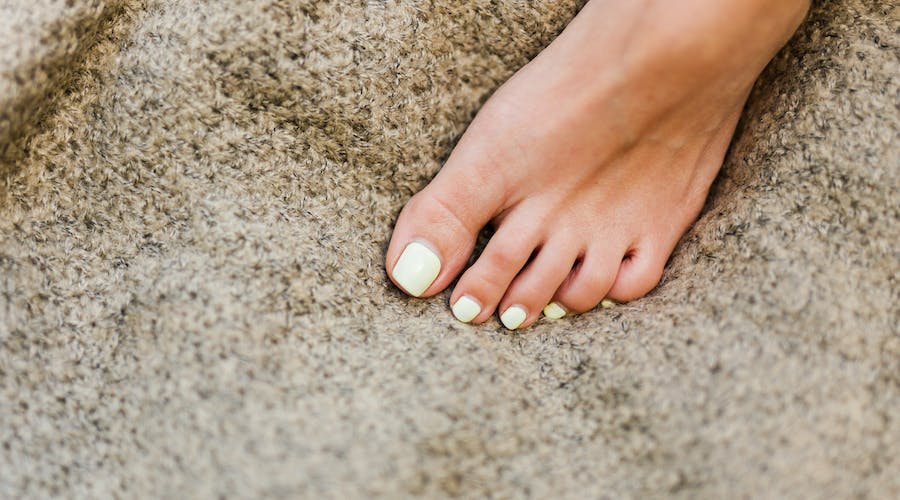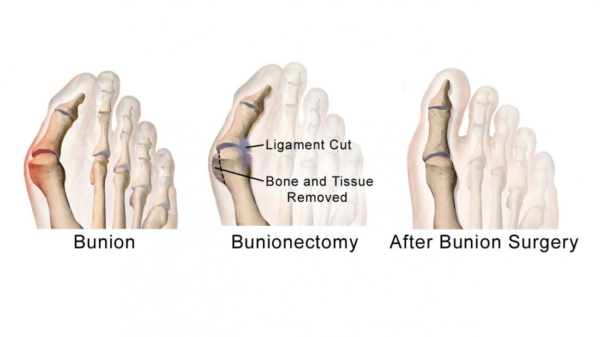Proper toenail-cutting technique is vital for maintaining healthy toenails and preventing ingrown nails and infection issues. When trimming your toenails, follow a systematic approach to ensure precision and safety.
First, gather clean tools such as toenail clippers or scissors for trimming nails. Ensure your feet are clean;soak your nails in warm, soapy water to soften them, making them easy to cut.
Decide on the desired shape for your nails, whether square, rounded, or oval, and use a nail file to achieve the desired shape after trimming.
When cutting your toenails,avoid cutting them too short, trim straight across to prevent ingrown toenails, as it can lead to discomfort.
For toenails, avoid cutting them into a curved shape or too short, as it can increase the risk of ingrown toenails. Trim them straight across to maintain proper nail health.
Smooth rough edges or sharp corners with a nail file to prevent snagging and tearing the toenails.
After trimming and filing, moisturize your toenails and surrounding skin to keep them hydrated.
Regularly clean your tools with rubbing alcohol to prevent the spread of bacteria.
By following these steps, you can ensure that your toenail trimming technique promotes healthy nails and reduces the risk of toenail-related problems.
Trimming your nails is essential fo rpreventing ingrown toenails or infections. Here is a basic technique for cutting your nails:
- Make sure you have a clean pair of nail clippers or scissors designed for trimming nails.
- Softening nails: If your nails are hard, you may want to soak them in warm, soapy water for a few minutes to soften them. This makes them easier to trim and reduces the risk of splintering.
- Choose the right shape: Decide on the shape you want for your nails such as square, rounded, or oval. Use a nail file to shape them after cutting.
- Wash your feet thoroughly to remove any dirt or debris that could be trapped under your nails.
- Trim straight across: When cutting your toenails, aim to trim them straight across. It helps prevent ingrown nails. Avoid cutting them too short, as it can lead to discomfort or even pain.
- For toenails, avoid cutting them into a curved shape or too short, as this can increase the risk of ingrown toenails. Trim them straight across to prevent this issue.
- After trimming, use a nail file to smooth out any rough edges or sharp corners. This helps prevent snagging and tearing of the nails.
- Apply a moisturizer or cuticle oil to keep your nails and surrounding skin hydrated.
- Clean your tools after each use with rubbing alcohol to prevent the spread of bacteria.
- Check for signs of infection: While trimming your nails, keep an eye out for any signs of infection, such as redness, swelling, or pus.
For more information on the toenail cutting technique contact our Houston foot doctor at DeNiel Foot and Ankle Center. By following these steps, you can maintain healthy nails and reduce the risk of nail-related problems. Remember to trim your nails regularly to keep them looking neat and prevent them from becoming too long or prone to breakage.









